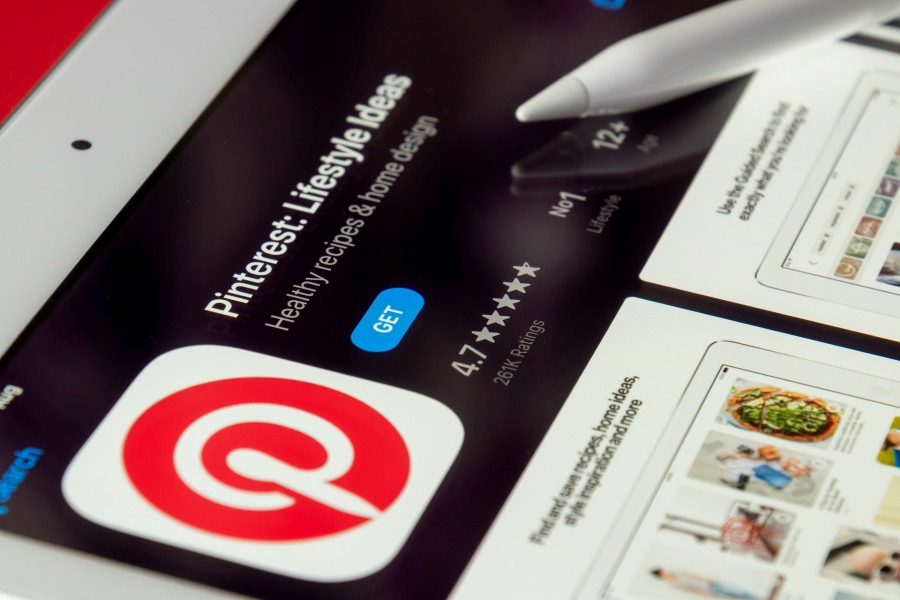Successful, ROI-positive marketing campaigns don’t just have strong, relatable messages — they also need to be seen by the right people, at the right time, all at an affordable price. That’s where media buying comes into play.
Media buying is the practice of negotiating and purchasing ideal ad spaces, programs, or times for your marketing message. As you can probably guess, this can be a complicated process, which is why so many businesses trust media buying agencies to find the best possible placements and ad rates for them.
Even if you’re leaving the complex stuff to the experts, you can rest easier by brushing up on your knowledge of media buying terms. That’s why we’ve put together a crash course to help you speak to media buying agencies in their vernacular.
Scroll down to learn more.
Media Buying 101: Terms You Should Know
We’ve broken down our handy guide into three sections – general terms, television and radio buying terms, and digital media buying terms – so you’ll be well equipped no matter your preferred channel.
General Terms
Cost Per Thousand (CPM) – The price of serving 1,000 ad impressions.
Flight Dates – The exact start and end dates of a marketing campaign or promotion.
Frequency – This is the average number of times a household or person views a given program, station, or advertisement over the course of a set period (i.e., one month).
Impressions – The number of homes or individuals who see a specific advertisement or group of ads. In digital marketing, impressions refer to the total number of times an ad delivers online.
Media Buying – Media buying is the method individuals or marketing agencies apply after a media planner completes research and devises a campaign strategy. Media buyers use these insights and plan to find and negotiate the buying of ad space across the proposed media channels. This process can be automated or manual depending on preference, objectives, audience, budget, media channels, and technology.
Media Mix – This refers to the distribution of time and money allocated to your advertisements across multiple platforms, including TV, radio, print and digital.
Media Planning – This is the process of selecting the optimal mixture of media outlets for marketing a particular business, product, or service. Media planners use research to identify, analyze, and plan campaigns all while staying within a brand’s budget.
Net Reach – The number of individual people that a commercial or ad serves to at least one time.
Rotation – Rotation refers to the distribution of spots or ads across certain days and hours within the flight period.
TV and Radio Media Buying Terms
Audience Turnover – A radio station’s cumulative audience compared to the average quarter hour audience. Turnover equals cume persons divided by the Average Quarter Hour Audience. Generally, it is the number of times new listeners replace an audience within a daypart.
Avails – Avails refer to the availability of unsold units of time available for broadcasters and radio stations to sell to marketers.
Average Quarter-Hour Persons (AQH) – The average number of persons listening to a particular radio station for at least five continuous minutes for 15 minutes.
Average Quarter-Hour Rating – An approximation of Average Quarter-Hour Persons represented as a percentage of the measurement population.
Block Programming – A series of programs with a specific demographic appeal. Placing ads in this programming is perfect for advertising messages that all target the same audience.
Cable Activity Report – A report that Nielsen Media Research provides cable networks. It outlines information on average and cumulative household audience information by daypart.
Cost Per Point (CPP) – The price of reaching an Average Quarter-Hour Persons audience that is equal to roughly one percent of the people in a demographic group.
Cume – The number of individual persons who listen to a radio station during a daypart for at least five continuous minutes.
Daypart – Radio and television advertisements are divided up into time segments for scheduling purposes. These segments include primetime, daytime, late night, early morning, and total day.
End Rate – This is the actual rate that an advertiser pays for a set television commercial time after all of the negotiations and discounts.
Fixed Position – A broadcast or radio spot on a schedule to run at a precise time or to run within a specific program.
Pre-emption and Pre-emptible – This is a displacement practice replacing a scheduled broadcast or radio spot in favor of another spot, usually due to a higher price.
Run of Schedule or Run of Site (ROS) – In television or radio, ROS is scheduling to run across multiple dayparts and multiple days. Usually Monday-Friday, 6am-12Mid. In digital marketing, it refers to running on a website with no preference as to specific pages or times.
Spot Television – Spot television is all the commercial advertising time that is available for sale or purchase from a local TV station. These spots can be either local or national.
Digital Media Buying Terms
Ad network – These are companies that connect marketers with a multitude of websites that want to host their ads.
Banner ad – A banner ad, or a display ad, is an ad displayed on websites that gain revenue by placing ads within their content. The ad consists of a static image or animated visual in a box or rectangle (.jpg, .png, .gif, or HTML5).
Click Through Rate (CTR) – A term used in digital marketing that refers to the measure of success an advertisement had in getting a user to click back to the website.
Cost Per Click (CPC) – The cost a marketer pays for each user click on a particular ad. CPC mostly applies to paid search advertising or search engine marketing.
Media Made Easy with Bloom Ads
Many marketers fail with media buying and planning – and lose money – because they don’t have the right initial guidance. We want you and all our clients to be successful with your marketing ventures. Sharing what we know will only make your budget work better and prove our value.
We know this is a steep set of media buying terms to digest, but at its core, media buying is relatively simple. We hope our Media Buying 101 glossary serves as the guide you need to speak intelligently with your internal stakeholders, media buying agencies, and industry peers.
To learn more beyond Media Buying 101, including our media planning and media buying services, contact us on our website or give us a call at (818) 703-0218 to speak with an expert directly.



